
* The Australian 3G network shutdown is scheduled to complete by August 31, 2024.
We have a highly skilled team dedicated to your success, who have helped our valued clients see instant savings in their business upwards of $3000 per month, per employee.
Upgrading to 4G/5G offers significant benefits such as faster data speeds, improved network reliability, and enhanced connectivity. With the eventual phasing out of 3G networks, upgrading ensures future-proofing and continued access to robust mobile data services.
The ideal time to upgrade is now, as 3G networks are gradually being decommissioned globally, including in Australia. Upgrading early ensures uninterrupted services and takes advantage of the advanced features offered by 4G/5G technology.
Upgrading provides faster and more reliable data transmission, improved location accuracy, reduced latency, and enhanced capacity for handling a higher volume of connected devices, ultimately leading to more efficient and responsive GPS tracking.
Contact your GPS hardware provider to confirm compatibility. In many cases, upgrading may involve replacing the existing hardware with models explicitly designed for 4G/5G networks.
Yes, upgrading the hardware may require updating your GPS tracking software to ensure compatibility with the new devices and to leverage the advanced features offered by 4G/5G networks.
In most cases, upgrading involves replacing the existing hardware with new 4G/5G-compatible devices. Consult with your GPS hardware provider to explore upgrade options and compatibility.
Check with relevant government agencies or industry associations for information on any incentives, subsidies, or programs that support the transition to 4G/5G technology. These initiatives may vary by region and industry.
Work closely with your GPS hardware provider, mobile service provider, and IT team to plan and execute the upgrade seamlessly. This may involve testing new hardware, updating software, and coordinating with relevant stakeholders to minimize downtime.
Remember, each upgrade scenario may be unique, so it’s advisable to seek guidance from your GPS hardware and service providers for personalized assistance.

GPS vehicle tracking devices, unlike personal GPS trackers, make use of active live tracking with added geo fence tech. Vehicle GPS trackers offer the end-user complete peace of mind through real time tracking.
The tracker device makes use of sim card and IoT based mobile app accessible through a mobile phone. The tracker for car uses high quality advanced GPS sensors for better precision.
A GPS tracking system may make use of either active or passive tracking systems or both. Modern vehicle tracking systems combine both active and passive tracking systems for better vehicle tracking with enhanced precision and real-time data.
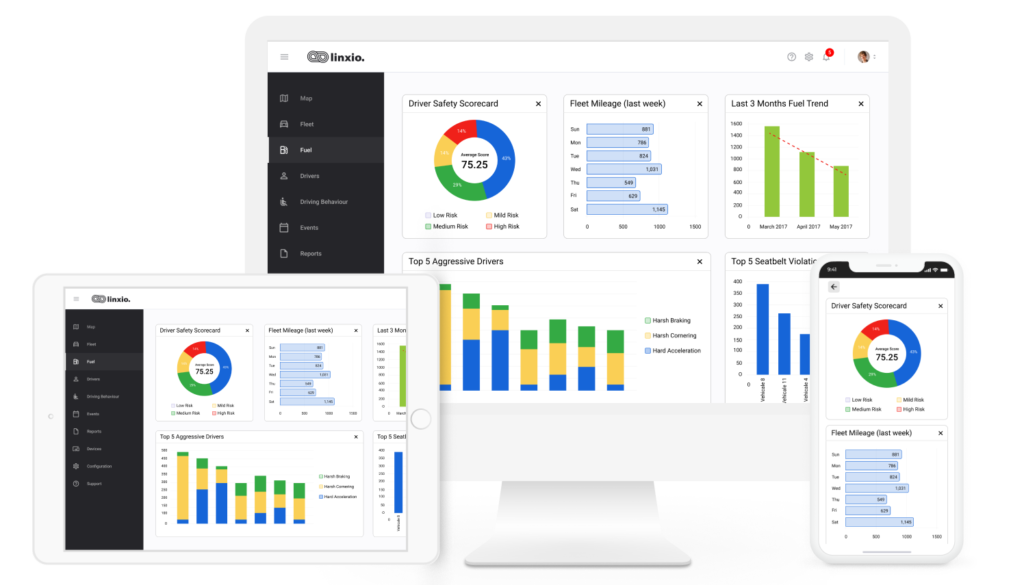
With turn-by-turn live tracking, you are always updated about the current location of the vehicle or the operating driver round the clock. Through custom alerts and reports, you can automatically monitor the vehicle activity that includes speeding, engine status and other driving reports.
Mostly, a car tracking device is a plug & play device that can be easily integrated into the vehicle that requires tracking and remote monitoring. The electronic tracker or a tracking device is plugged into the onboard diagnostics that are part of the vehicle primarily. The tracker may or may not contain a battery for a power source or might derive power directly from the source, i.e, the vehicle.
Apart from GPS technolgy backed fleet tracking and management solutions, Linxio also offers full HD 1080P dual channel dash cams with in-build tracking solution alongside fuel card solution through collaboration with our fuel fleet card partners. Maintain the highest level of driver safety, monitor the driving behaviour through interactive dashboards displaying driver scorecards which take into account harsh acceleration, braking, cornering and speeding events.
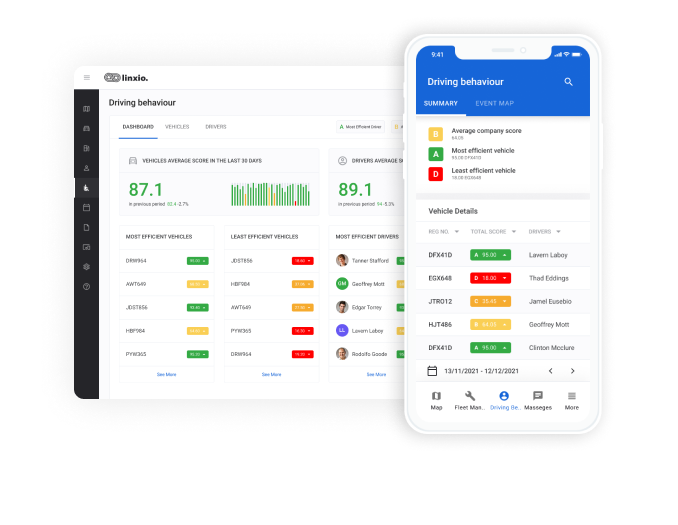
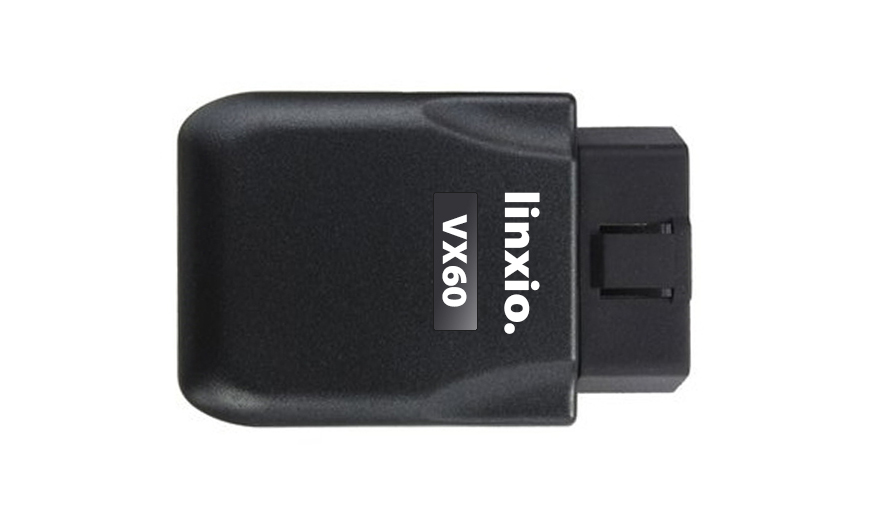

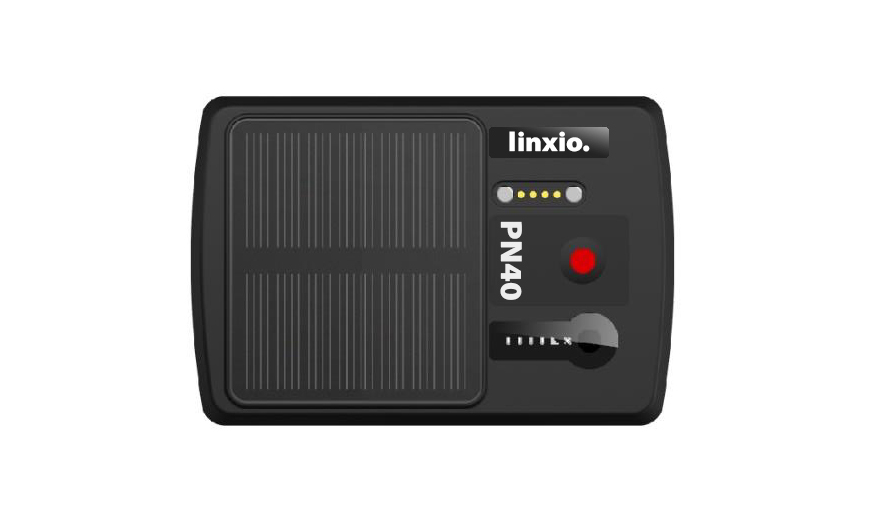

Our commercial GPS tracking solutions for targeted across fleet tracking and management businesses that intend to make the most of automation and vehicle tracking in order to boost operational efficiency, profitability and enhance ROI.
Our GPS tracking devices are versatile and can be installed easily on vehicles across different makes and types which in turn helps in the reduction of operating costs and insurance premiums.
The fleet management software is a cloud-based entity that can be accessed both via a desktop interface or through a smartphone via a mobile app built for both android and iOS.
We dont believe in a one size fits all approach to GPS powered tracking, instead, we have a wide range of GPS trackers to suit any application.
Linxio offers a wide range of high-quality tracking devices to suit all budgets and requirements, from the low-cost TR500 vehicle tracker to the AT36 standalone tracker with an impressive 8-year battery life.
Still, need to learn more about GPS tracking and learn how Linxio can help businesses boost profits and offer customised tracking solutions to run fleets better.
Give Linxio a call to book a live demo and enjoy our 30-day free trial with a money-back guarantee.
A GPS tracker is an electronic navigational device which is generally powered by or utilises the global positioning satellite system to track the location of a vehicle in real-time, be it a person, car or any other locomotive for that matter.
The device is usually integrated into the vehicle or carried by a person so that the latter can be tracked accurately. The location which is recorded onto the device is transmitted via cellular or satellite modem embedded in the tracker. Buy our GPS trackers Sydney wide today.
Based on the type, a tracking device can have or omit modules depending upon the usage requirement.
Broadly, trackers are broken down into 5 categories, namely;
Data Loggers: These devices log the position or the location coordinates of the device on the internal memory that can be later accessed through downloadable data.
Data Pushers: These devices are the most common type of GPS trackers widely used. These devices usually transmit the data in the form of location, along with information about other on-board diagnostics to a designated server at regular intervals.
Data Pullers: Unlike data pushers, data pullers are always on and can transmit data as often as one wants to. Data pullers are more commonly used in conjugation with tracking devices with a GPS receiver module and a cellular network that can be triggered by sending a message wirelessly to it.
Convert Trackers: These are your regular trackers being put to use in everyday life. The only catch here is that these trackers are designed in a particular manner so that they mimic regular objects.
Vehicle OBD Trackers: OBD trackers can be easily plugged into the on-board diagnostics of a vehicle. The tracking unit is powered by the obd unit present on the vehicle. Additionally, OBD trackers communicate with other sub-systems of the on-board diagnostics to obtain data about vehicle performance, fuel consumption among other things.
“We are only starting to use a portion of the Linxio features and have had huge benefits. Its not just a policing tool, it allows us to automate a lot of the manual tasks typically required to manage a mobile workforce ”
Laura – Parcel Delivery
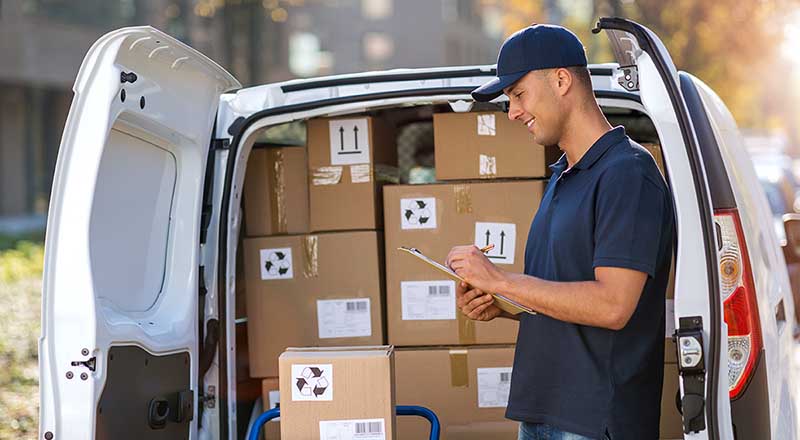
FUEL & MAINTENANCE
• Fault code monitoring
• Paperless Inspections
• Usage-based maintenance
SENSOR MONITORING
• Wireless IoT Sensors
• Live temperature alerts
• Lifetime historical logs
SAFETY & DASH CAMS
• Distracted driving detection
• In-cab coaching alerts
• Automatic incident upload
ROUTING & DISPATCH
• Route optimisation
• Proof of delivery (POD's)
• Dispatch to Driver App
DOCUMENTS & LICENCES
• Driver & vehicle documents
• Centralised record-keeping
• Expiration alerts and report
COMPLIANCE & ELD
• FTC, FBT, ATO certified
• Works with iOS or Android
• Centralised visibility
Our Company
Subscribe to our newsletter